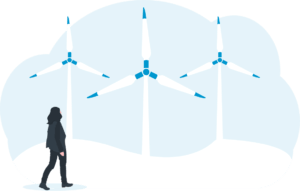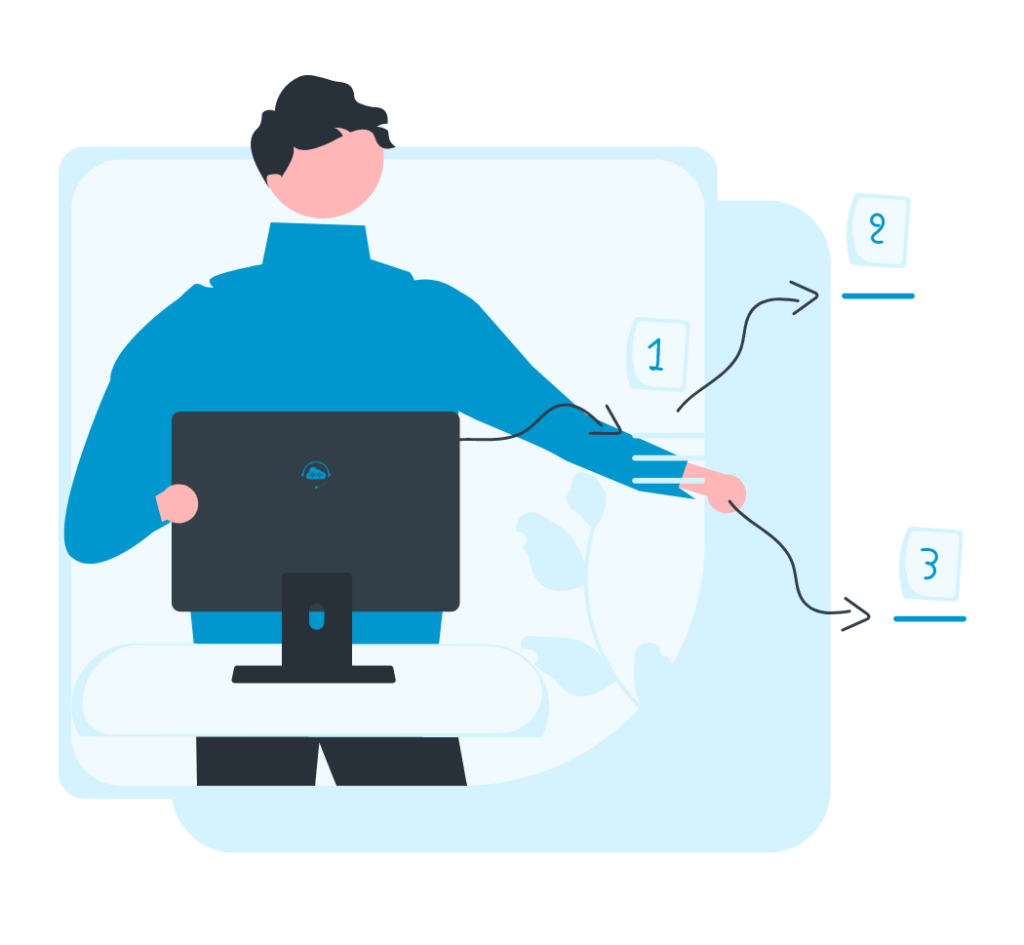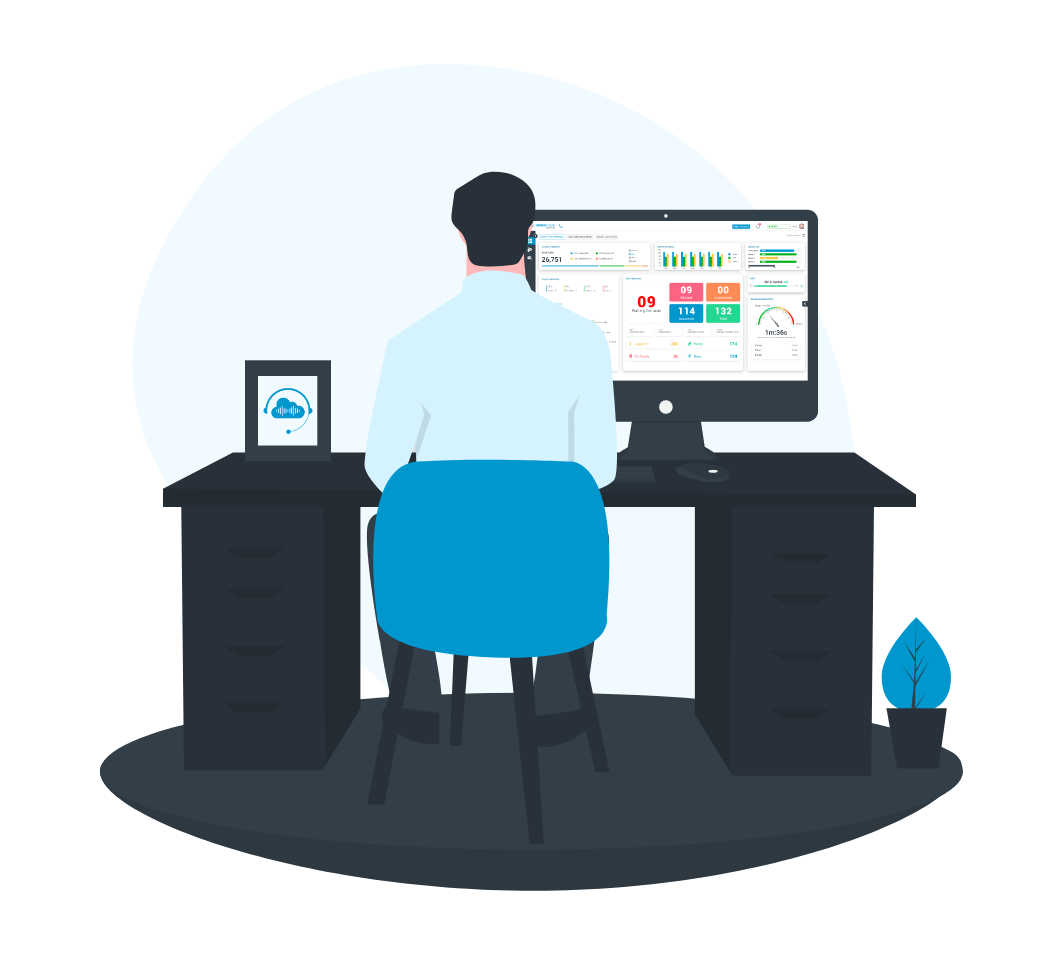Climate change – the gathering storm
While the COP26 Climate Change Conference recently dominated headlines, climate change has been on peoples’ minds for much longer.

Sunny Dhami wrote an article about business sustainability in CallCentreHelper back in 2019 that is still relevant today.
Dhami described 5 reasons why business sustainability makes good business sense.
- Brand image: Dhami quotes studies showing that 72% of Gen Z customers (Born after 1997) will spend more on sustainably produced products and services. This demographic’s influence will only increase over time.
- Financial efficiencies: Energy efficient lighting uses less electricity, and therefore reduces carbon emissions. It also costs less to run. The same applies for recycling or minimizing paper use.
- Employee retention and recruitment: Contact centres employ a higher proportion of Gen Z employees than other businesses. This generation will buy green, even if it’s more expensive. They also want to work green.
- Regulatory compliance: As climate change becomes a more urgent issue, climate related legislation becomes more likely. It makes sense to start working on environmental compliance before legislation is passed.
- Attracts investment: Dhami quotes a Goldman Sachs study showing that 72% of companies with business sustainability strategies outperformed their competitors.
How can contact centres play their part?
Every cloud IS its silver lining
Evidence strongly suggests that migrating contact centres to the cloud reduces emissions significantly.
Accenture, WBS and Microsoft conducted a study idescribed in their report: “Cloud computing and sustainability: The environmental benefits of moving to the cloud”.
They calculated the environmental impact, of a small (up to 100 employees), medium (Up to 1 000 employees) and large (Over 1 000 employees) business using the following popular business applications both on-premises and in the cloud: Microsoft Exchange, Microsoft Sharepoint and Microsoft Dynamics CRM.
The metrics used included device utilization (the computational load a device is handling relative to the peak load), power consumption per server, power consumption for networking and storage, data centre power usage effectiveness (PUE) – (total data centre power consumption divided by power consumption of IT equipment) and data centre carbon intensity (how much carbon is emitted to generate the energy consumed by the data centre – this also depends on the way the power is generated.)
The results suggest that if a small company moved its operations from on-premises to the cloud, it could reduce its carbon emissions by 90%. If a medium sized business did the same, it could achieve a reduction somewhere between 60% and 90%. Larger businesses could expect to achieve reductions from 30% to 60%.
How are these reductions achieved?
The study named 4 ways to achieve these reductions.
Dynamic provisioning: Moving to the cloud presents cost savings because on-premises hardware is sized to handle maximum workloads. Cloud systems’ ability to scale and flex means that energy is only used to run what needs to be run, and when it needs to be run. Idle capacity that needs power to keep servers ready and cooled is reduced to the minimum.

Multi-tenancy: When a software solution is run on virtual machines, it’s possible to use only the part of a physical server needed to support the workload. As well as saving money, it also saves power because multiple workloads can be run on the same physical hardware, which means that fewer servers are used, but they are used more intensively.
Server utilization: Hyperscalers run their servers at higher and more stable utilization levels because more applications can be squeezed onto one server. Low priority workloads can be run during off-peak periods. Utilization is distributed evenly throughout the day. Typically, servers in on-premises data centres were found to run at approx. 10% utilization, while servers in a cloud data centre were running from 40% to 70% utilization. Servers running at higher utilization rates do consume more power, but the performance gains offset the increased energy usage.
Data centre efficiency: The larger the data centre, the better the PUE (Power Usage Effectiveness). A 1.5 ratio means that for every 1-kilowatt hour (kWh) of power used for computing, an extra 0.5 kWh is needed for cooling hardware, transforming and conditioning grid power, lighting, etc. In its 2007 Report to Congress, the U.S. Environmental Protection Agency (EPA) reported that most business’ data centres had a PUE of 1.97.
Through economies of scale and the fact that hyperscalers can order specially designed servers that run more efficiently, cloud data centres can achieve PUEs of 1.1 or 1.2. This represents a reduction in power consumption of approximately 40%. As technology improves, it is expected that this ratio can be improved even further.
Save the world with Omningage!
The case for migrating to the cloud is clear, as is the case for a business to embrace sustainable practices.

Omningage produces a fully functional desktop and contact centre reporting solution that sits on top of the Amazon Connect contact centre platform.
Omningage and Amazon Connect provide users with a true omnichannel solution allowing agents to handle interactions via all channels and enjoy the advantages of unified customer data provision.
Omningage and Amazon Connect can be integrated with databases, CRM systems, Natural Language Processing systems for chatbots, business intelligence tools and more or less any other contact centre application that can be found on Amazon Marketplace.
Whatever combination of products and services that will make up your unique contact centre solution, all of it will be hosted on the cloud. You won’t even need to buy a USB stick.
If you’re planning to move your contact centre to the Cloud, Omningage and Amazon Connect is the solution to do it with.
To discuss your cloud contact centre requirements, arrange a demonstration or ask for a proof of concept contact:








